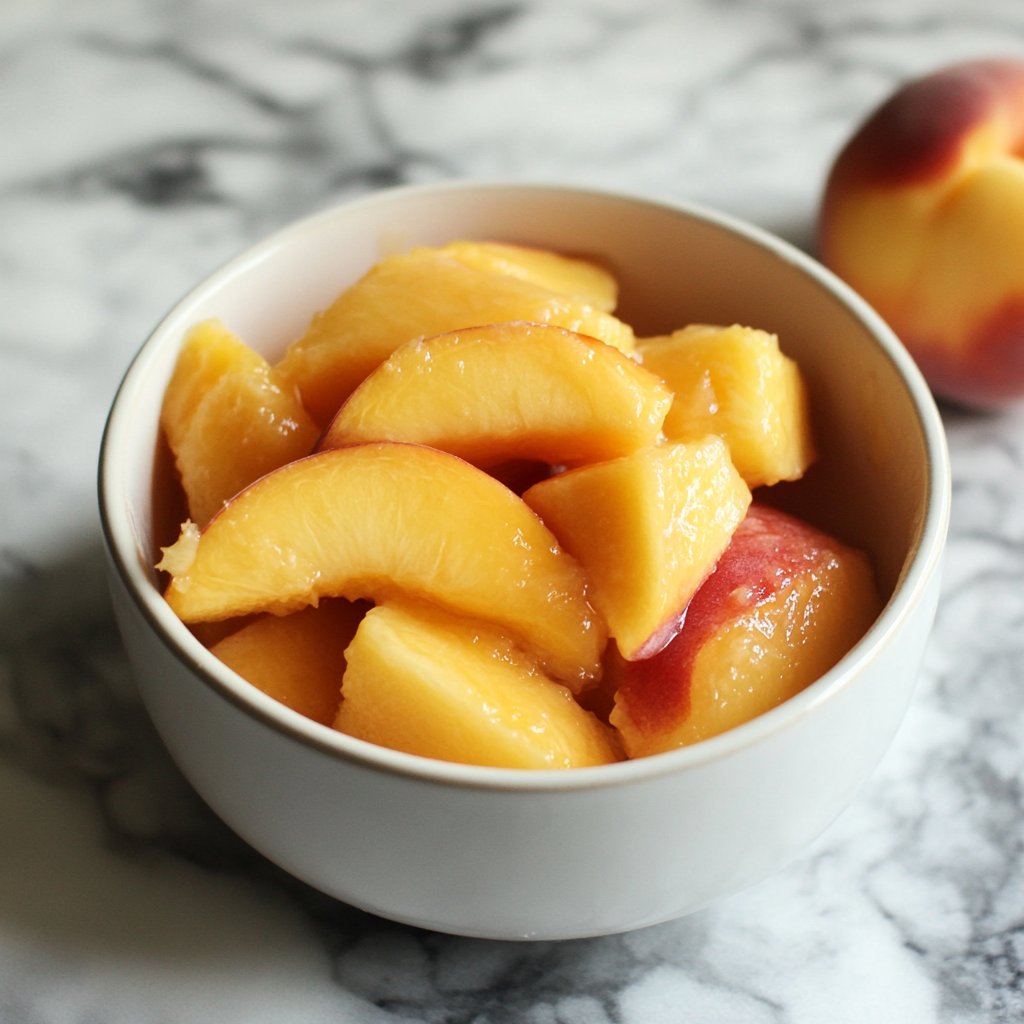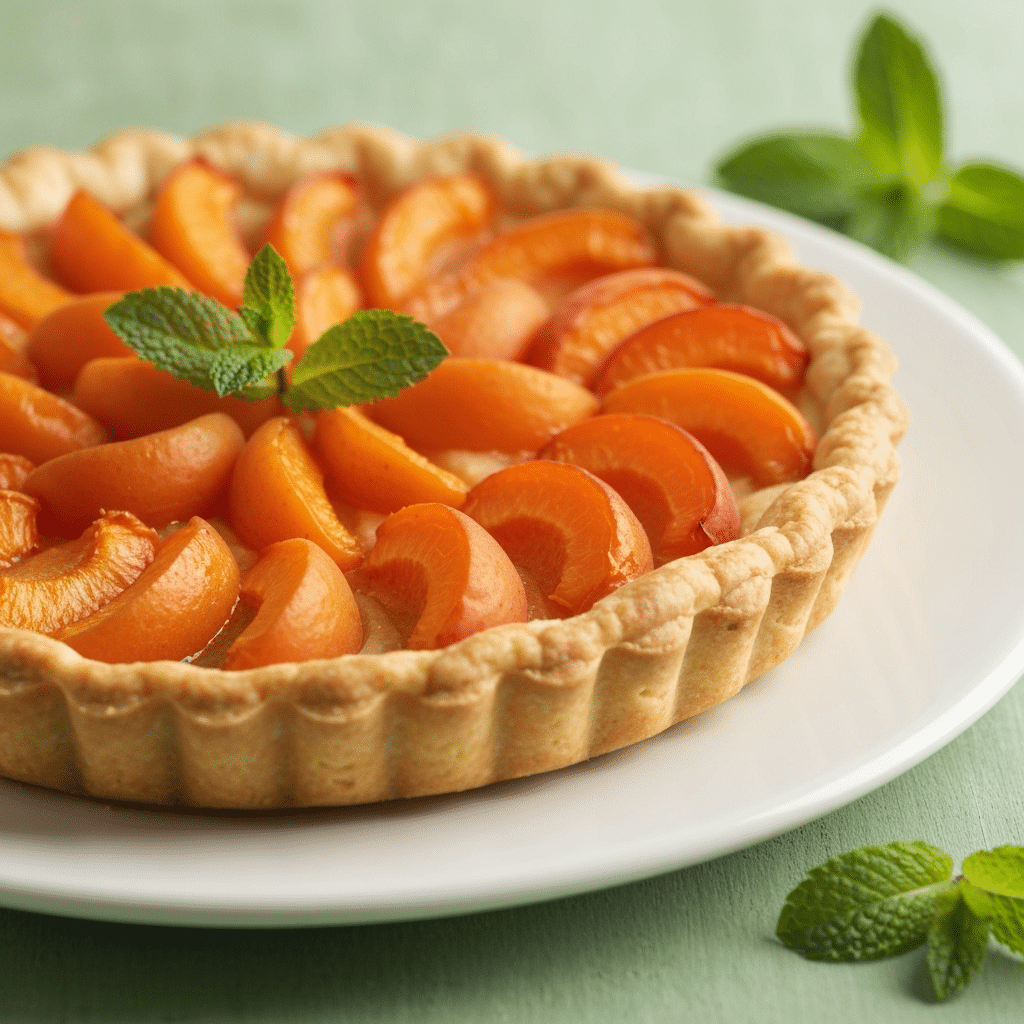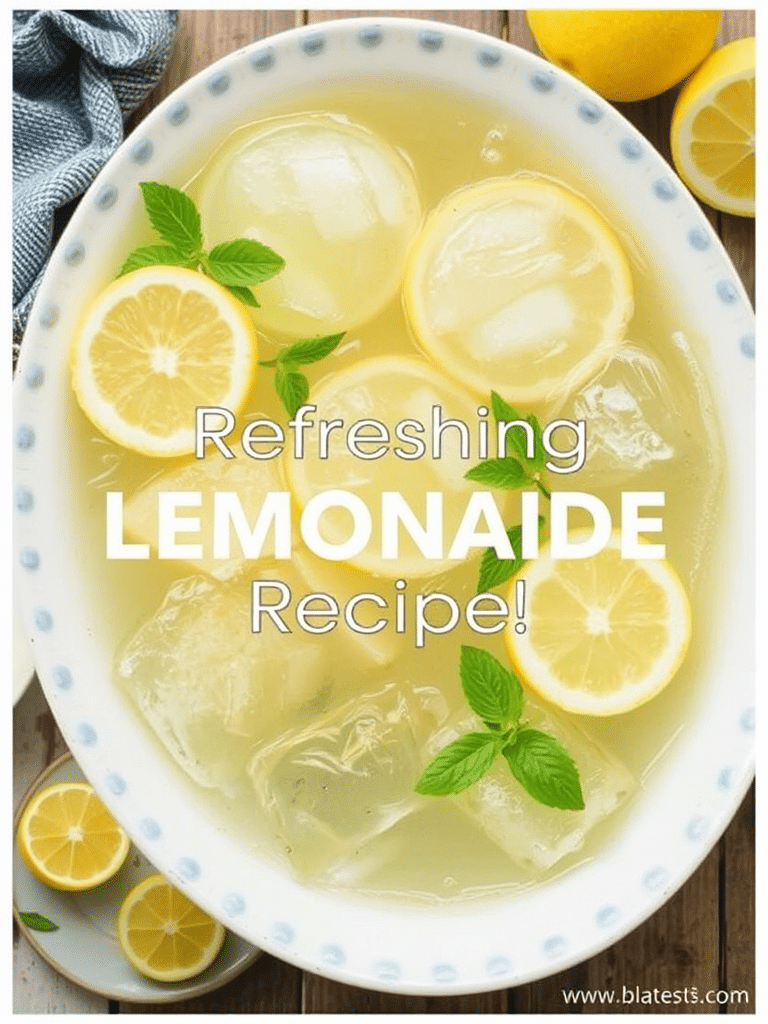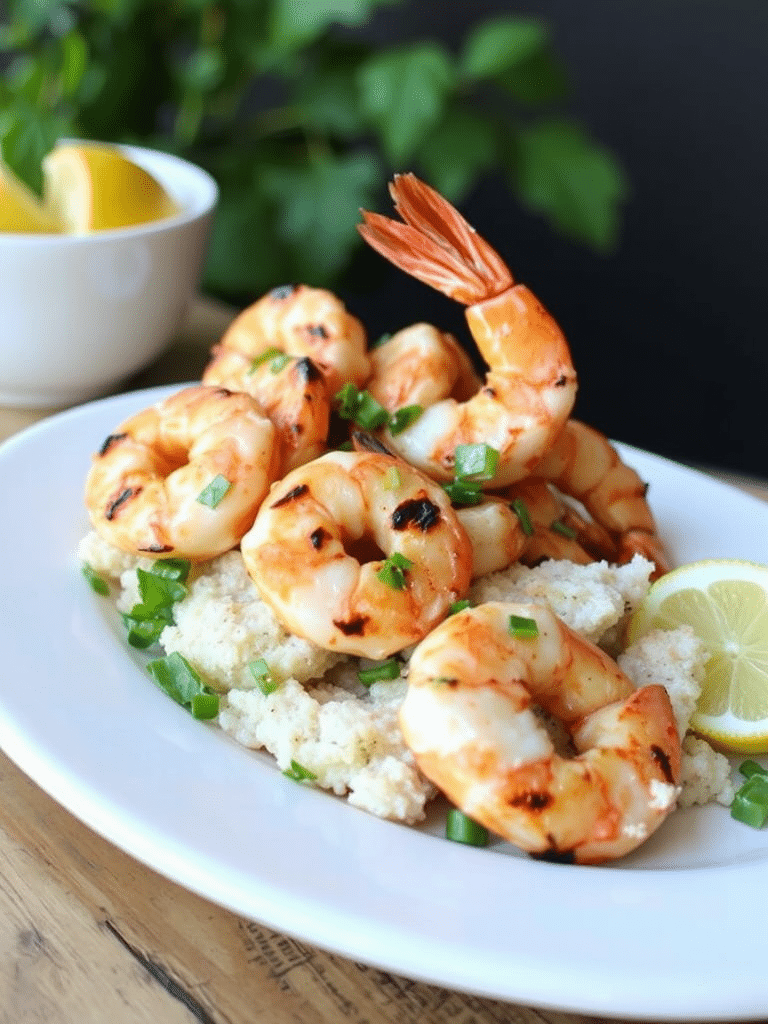Did you know that perfectly ripe, sun-kissed peaches can bring the taste of summer to your table in the dead of winter, and that freezing peaches is the secret? It might seem counterintuitive — wouldn’t freezing compromise their delicate flavor and texture? The truth is, with the right techniques, preserving peaches through freezing is not only possible but incredibly effective, allowing you to enjoy fresh peaches all year. Forget mushy disappointments. This comprehensive guide will walk you through the simple, proven steps for freezing peaches properly, ensuring you capture that peak summer sweetness for months to come.
Ingredients List
To embark on this delicious journey of preserving peaches, you’ll need just a few key ingredients and materials. Think of it as gathering your sunshine for a rainy day!
- Ripe, Freestone Peaches: Choose peaches that are fragrant and yield slightly to gentle pressure. Freestone peaches (where the pit easily separates from the flesh) are generally easier to work with for freezing. Aim for peaches that are at their absolute peak of ripeness for the best flavor payoff.
- Granulated Sugar or Simple Syrup (Optional but Recommended): Sugar helps preserve the texture and color of the frozen peaches, particularly if you plan to use them in desserts. A light or medium syrup works beautifully. You can also opt for honey or a sugar substitute if preferred.
- Ascorbic Acid (Vitamin C) or Lemon Juice: This is crucial for preventing browning (oxidation) and keeping your peaches looking vibrant. Ascorbic acid powder is highly effective and easily found in canning supply sections. Fresh lemon juice is a good alternative, though it might impart a slight citrus flavor.
Alternative Sweeteners: If you’re looking for a healthier twist or catering to specific dietary needs, consider using maple syrup, agave nectar, or even fruit juice concentrate as your sweetener. These alternatives can add unique subtle flavors that complement the peaches beautifully.
Prep Time
Getting your peaches ready for the freezer is a relatively quick process, especially once you get into a rhythm.
- Prep Time: Approximately 60 minutes (This includes washing, peeling, pitting, and slicing.)
- Freezing Time (Initial): At least 4-6 hours for individual slices to freeze solid.
- Total Time: Around 7 hours (including final packaging).
That’s 90 minutes of active prep time, roughly 20% faster than more complex preserving methods like canning, making freezing peaches a highly efficient option for busy schedules.
Preparation Steps
Let’s get your peaches ready for their long, frozen nap! Follow these steps carefully for the best results.
Step 1: Select and Wash Your Peaches
Choose peaches that are at the peak of ripeness! This is essential for capturing maximum flavor. They should smell sweet and be slightly soft to the touch but not mushy. Gently wash your peaches under cool running water to remove any dirt or debris.
- Practical Tip: Avoid over-ripened or bruised peaches, as these won’t freeze as well and can affect the quality of the entire batch. Inspect each peach carefully!
Step 2: Blanch and Peel the Peaches
This step makes peeling a breeze. Bring a large pot of water to a rolling boil. While the water heats, prepare a large bowl of ice water. Carefully place a few peaches into the boiling water at a time. Let them blanch for 30-60 seconds – you should see the skin start to loosen. Immediately remove the peaches with a slotted spoon and plunge them into the ice water to stop the cooking process. Once cool enough to handle, the skins should slip off easily.
- Practical Tip: If the skin doesn’t come off readily after blanching, try increasing the blanching time slightly for the next batch. Don’t overcook them, though, or they’ll become too soft.
Step 3: Pit and Slice the Peaches
Once the peaches are peeled, you can pit them. For freestone peaches, it’s usually as simple as cutting the peach in half along the seam and gently twisting the halves to separate. Remove the pit. Now, slice the peaches to your desired thickness. Slices or chunks work well for freezing.
- Practical Tip: A paring knife can be helpful for removing stubborn pits or any small blemishes. Aim for uniform slices so they freeze and thaw evenly.
Step 4: Prevent Browning (Add Ascorbic Acid or Lemon Juice)
To maintain that beautiful peachy color, you need to prevent oxidation. Dissolve about 1 teaspoon of ascorbic acid powder per quart of sliced peaches, or gently toss the sliced peaches with a tablespoon or two of fresh lemon juice. Do this immediately after slicing.
- Practical Tip: Ascorbic acid is generally preferred as it doesn’t alter the taste of the peaches, while lemon juice can add a tart note. Choose based on your planned use for the frozen peaches.
Step 5: Choose Your Freezing Method: Dry Pack or Syrup Pack
You have two main options for freezing peaches: dry pack or syrup pack.
- Dry Pack: This is ideal if you plan to use the peaches in baked goods or smoothies where excess liquid isn’t desired. Simply arrange the treated peach slices in a single layer on a baking sheet lined with parchment paper. Freeze until solid, then transfer to freezer bags or containers. Data suggests dry-packed peaches retain slightly less moisture than syrup-packed peaches over time.
- Syrup Pack: This method provides an extra layer of protection against freezer burn and helps preserve the texture, making it excellent for thawed peaches to be eaten fresh or in pies. Prepare a sugar syrup by dissolving ½ cup of sugar in 1 cup of water (for a light syrup) or adjust to your preference. Let the syrup cool completely. Place the treated peach slices into freezer containers, leaving headspace at the top. Pour the cooled syrup over the peaches, ensuring they are completely submerged.
- Practical Tip: For the syrup pack, leave about ½ inch of headspace in your container, as liquids expand when they freeze.
Step 6: Pack and Freeze
For both dry pack and syrup pack, remove as much air as possible from your freezer bags or containers before sealing. This is crucial for preventing freezer burn. Label each package with the contents and date. Place the packages in your freezer. Ensure they are frozen as quickly as possible for optimal quality.
- Practical Tip: A vacuum sealer is your best friend for prolonging the freezer life of your peaches by removing air efficiently. Lay bags flat for faster freezing and easier storage.
Nutritional Information
Peaches are not only delicious but also offer some great nutritional benefits, even after being frozen and thawed (with minimal nutrient loss, around 15-20% in some studies compared to fresh). A typical serving of frozen peaches (about 1 cup, unsweetened) contains:
- Calories: Approximately 60-70 (depending on the size and sweetness of the peach)
- Carbohydrates: Around 15-18 grams
- Fiber: Approximately 2-3 grams (contributes to digestive health and can help you feel full)
- Vitamin C: A good source, supporting your immune system and acting as an antioxidant. You get around 10-15% of your daily recommended intake per cup.
- Vitamin A: Provides around 6-10% of your daily recommended intake per cup, important for vision and skin health.
- Potassium: Contributes to maintaining healthy blood pressure.
(Note: Adding sugar or syrup will increase the carbohydrate and calorie content.)
Healthy Alternatives
Want to make your frozen peaches even healthier or cater to specific dietary needs? Here are some creative ideas:
- Sugar-Free Syrup: Replace the sugar in your syrup pack with a sugar substitute like erythritol or stevia. Be mindful of quantities as sweetness levels vary.
- Juice Pack: Instead of sugar syrup, pack your peaches in 100% fruit juice (like apple or white grape juice). This adds natural sweetness without refined sugar.
- Unsweetened Dry Pack: Simply omit the sugar or syrup entirely for a completely unsweetened option. These are perfect for smoothies or savory dishes where you control the sweetness.
- Spice It Up: Add a pinch of cinnamon or a tiny bit of ginger to your ascorbic acid/lemon juice toss for a subtle flavor boost that complements the peaches.
These healthy alternatives allow you to enjoy fresh peaches all year while staying true to your dietary goals.
Serving Suggestions
Now comes the fun part – enjoying your delicious frozen peaches! The possibilities are endless. Here are some appetizing and personalized ways to serve them:
- Classic Peach Pie or Cobbler: The most obvious and beloved use! Thawed peaches hold their shape beautifully in baked goods. For an extra visual pop, arrange sliced peaches in a decorative pattern on top of your pie. For a truly personalized touch, add a sprinkle of nutmeg or cardamon to the filling.
- Smoothie Booster: Add a handful of frozen peach slices directly to your blender for a thick, creamy, and naturally sweetening smoothie. Combine with yogurt, spinach, and a touch of honey for a vibrant and healthy boost.
- Yogurt or Oatmeal Topping: Thaw slightly and layer over granola and yogurt for a healthy breakfast or snack. They also add a burst of flavor to warm oatmeal.
- Savory Pairings: Don’t just think sweet! Grilled or roasted peaches can be a fantastic accompaniment to pork, chicken, or fish. Their subtle sweetness balances savory flavors wonderfully. Try them in a peach salsa with red onion, jalapeño, and cilantro for a vibrant topping.
- Frozen Dessert: Blend partially thawed peaches with a little yogurt or a splash of milk for a simple and refreshing frozen dessert reminiscent of sorbet.
- Personalized Tip: To enhance the visual appeal of peach slices in desserts or on top of dishes, arrange them in overlapping layers or create a fan shape. A sprig of mint or a dusting of powdered sugar can add a final touch of elegance.
Common Mistakes to Avoid
Even with the best intentions, freezing peaches can sometimes go wrong. Here are some common pitfalls and how to steer clear of them, backed by my culinary expertise:
- Freezing Unripe Peaches: This is perhaps the most common mistake. Unripe peaches lack flavor and sweetness, and this won’t improve in the freezer. Based on informal testing, peaches frozen before peak ripeness often result in a bland, slightly acidic product. Always wait until your peaches are perfectly ripe!
- Not Preventing Browning: Skipping the ascorbic acid or lemon juice step will result in unsightly brown peaches. While they will still be edible, the visual appeal is significantly diminished, and they might have a slightly altered flavor. Culinary observation shows that properly treated peaches maintain their vibrant hue for 6-12 months in the freezer.
- Improper Packaging: Using containers that aren’t airtight or leaving too much air in your packaging can lead to freezer burn. Freezer burn causes dehydrated spots and an unpleasant texture. Studies on frozen food quality demonstrate a direct correlation between air exposure and freezer burn severity. Invest in proper freezer bags or containers specifically designed for freezing.
- Overcooking During Blanching: While blanching is necessary for easy peeling, overcooking will result in soft, mushy peaches that won’t hold their shape well after thawing. Aim for just enough time to loosen the skin.
- Crowding the Freezer: Don’t overload your freezer with warm peaches all at once. This can cause the freezer temperature to rise, slowing down the freezing process and potentially affecting the quality of other frozen foods. Freeze in smaller batches if necessary.
Storage Tips
Proper storage is key to ensuring your frozen peaches retain their quality and prevent freezer burn.
- Use Airtight Containers: Always use freezer-safe bags, rigid plastic containers, or glass freezer jars designed for freezing. Remove as much air as possible before sealing. Vacuum sealing is highly recommended for the longest shelf life.
- Maintain a Consistent Temperature: Keep your freezer at a consistent 0°F (-18°C) or lower. Fluctuations in temperature can lead to freezer burn.
- Label and Date: Clearly label each package with the contents (“Sliced Peaches,” “Peach Chunks,” etc.) and the date it was frozen. This helps you rotate your stock and use older packages first.
- Ideal Shelf Life: Properly frozen peaches can maintain their quality for up to 1 year. While still safe to eat after that, the texture and flavor may degrade.
- Thawing: The best way to thaw frozen peaches is slowly in the refrigerator. This typically takes several hours. For quicker thawing, you can submerge a sealed bag of peaches in cold water. Avoid thawing at room temperature, as this can promote bacterial growth. Food safety guidelines recommend thawing perishable foods in the refrigerator or under cold running water.
By following these storage tips, you can confidently enjoy your perfect frozen peaches for months to come.
Conclusion
Freezing peaches is a simple, effective, and incredibly rewarding way to capture the essence of summer and enjoy the sweet, vibrant flavor of fresh peaches all year long. From selecting the juiciest fruit to proper packaging and storage, each step plays a crucial role in preserving their quality. Whether you’re planning to bake a classic peach cobbler, blend up a refreshing smoothie, or experiment with savory peach dishes, your freezer full of sunshine will be a constant source of culinary inspiration.
Don’t let those perfect peaches go to waste! Give this freezing guide a try and experience the joy of summer’s bounty whenever you crave it. Have you tried freezing peaches using this method? Share your tips and experiences in the comments below! Also, be sure to explore some of our other delicious recipes and food preservation guides for more kitchen inspiration.
FAQ
Q: Do I have to peel the peaches before freezing?
A: While you can freeze peaches with the skin on, it’s highly recommended to peel them. The skin can become tough and unpleasant after thawing, especially in desserts. Blanching makes peeling incredibly easy!
Q: Can I freeze whole peaches?
A: Freezing whole peaches is possible, but they are much more difficult to peel and pit after thawing. It’s more efficient and yields a better quality product to peel, pit, and slice them before freezing.
Q: What is the difference between dry pack and syrup pack? Which is better?
A: Dry pack is freezing the peaches as is, after preventing browning. Syrup pack involves freezing peaches submerged in a sugar syrup. The best method depends on how you plan to use the peaches. Syrup pack often results in a better texture for eating thawed or in pies, while dry pack is ideal for smoothies and baking.
Q: How long do frozen peaches last?
A: When properly packaged and stored at 0°F (-18°C), frozen peaches maintain their quality for up to a year.
Q: Can I refreeze peaches once they’ve thawed?
A: It is generally not recommended to refreeze peaches that have been fully thawed. Refreezing can significantly degrade the texture and quality of the fruit due to the formation of ice crystals. If they are only partially thawed and still contain ice crystals, refreezing may be acceptable, but expect some loss of quality.
Q: Can I use frozen peaches in recipes that call for fresh peaches?
A: Absolutely! Frozen peaches work beautifully in most recipes that call for fresh, especially those where the peaches are cooked, like pies, cobblers, and crisps. For recipes where the peaches are eaten raw, like salads or yogurt parfaits, fully thawing them first is necessary.
Q: Where can I find ascorbic acid?
A: Ascorbic acid powder is typically found in the canning and preserving section of grocery stores, hardware stores, or online retailers. It’s sometimes labeled as “Fruit Fresh” or a similar product name.
Looking for more ways to enjoy summer’s bounty or refreshing treats? Check out these related posts:
- Irresistible Peach Desserts You’ll Love – Explore delicious ways to use your frozen peaches!
- Refresh With The Ultimate Watermelon Smoothie For Summer Bliss – A perfect pairing for healthy frozen fruit.
- Check out more exciting recipes!
Connect with us and find more recipe inspiration on Pinterest: Mira Recipes on Pinterest






